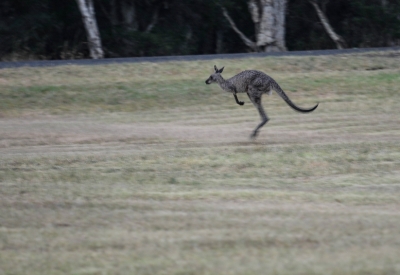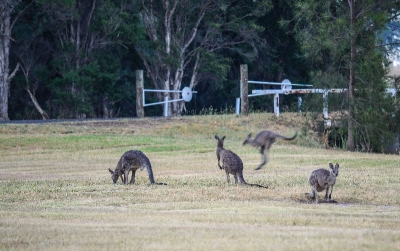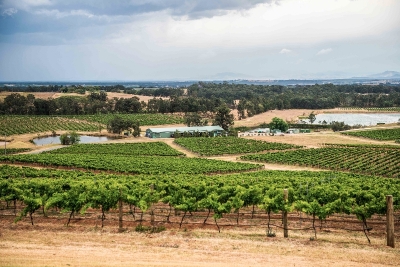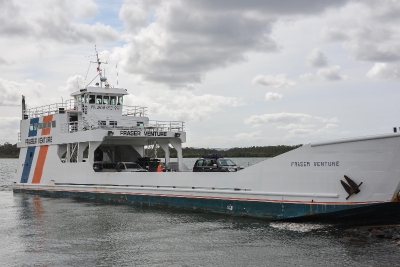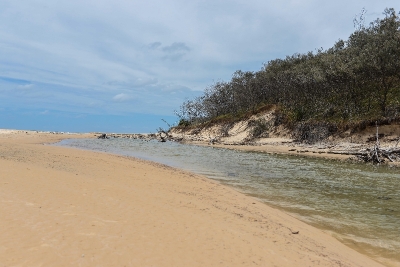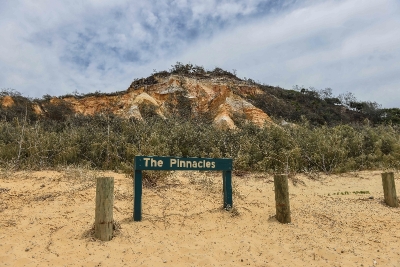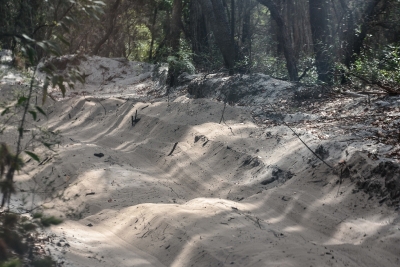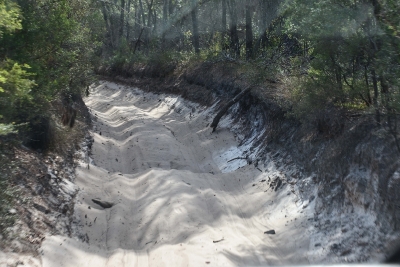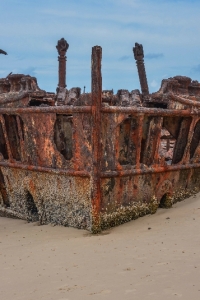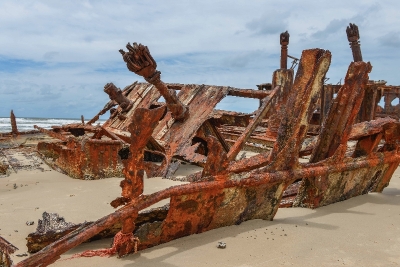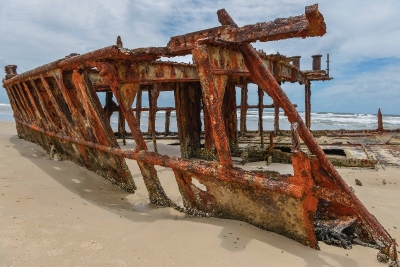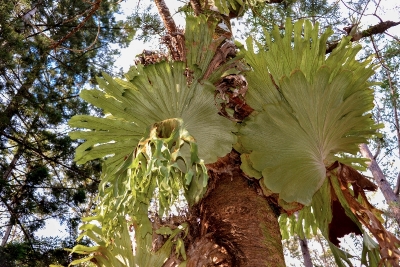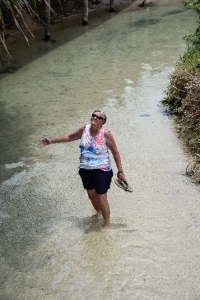Sampling some Aussie wine in Hunter Valley, we reflect back to the wine tasting we have done in less than a year: Australia, South Africa, and California; and next month New Zealand.
Australia’s oldest and most well known wine region is famous for some of the original continuously operated vineyards in the country. It is located about a three hour drive north of Sydney and what seemed the perfect first stop after disembarking from the cruise. Country roads, perfect for new right side of the car, left side of the road drivers (you’re scaring me! We both said it to the other in the early moments of driving) — perfect for small towns with all the services, like SIM cards and car coolers, and kmart, — perfect for bicycle tracks already researched and highlighted,– perfect for wine tasting an important part of any drive up and down through Australia and finally, perfect for kangaroos who hop! hop! hop their way across the open spaces. It was way too much fun.
One of the many, many things we like about this place is their Main Street. It contains all the mom and pop stores, then Target or KMart, then the chemist or grocery store, a restaurant or coffee bar all on the Main Street of a town. No malls on the outskirts of town, it is all there, convenient, walkable friendly and most of all alive with people. Vibrant Main Street in every town we have come to. It has been great.
Further north we arrived in a small town called Hervey Bay. Close to this town is a World heritage Site: we had to go . . . . .
Fraser Island World heritage site.
World Heritage areas are places listed under the World Heritage Convention that have cultural or natural values of such importance that they are recognized as sites of heritage for all people of the world.
Over the past 2,000,000 years, ocean currents and waves swept sand north from the continental shelf of New South Wales. Sand accumulated and covered existing bedrock to form dunes parallel to the coast, leaving only peaks uncovered—today’s headlands. Strong onshore winds blow loose sand inland to form high parabolic—i.e. hairpin- shaped—dunes, which spread inland, engulfing areas in their path, forming a sequence of overlapping dunes
The island, the largest sand island in the world, includes over 250 km of sandy beaches with long uninterrupted sweeps of ocean beach, more than 40 km of strikingly colored sand cliffs, as well as spectacular dune blowouts, tall rainforests on sand, dune lakes and a mosaic of sand tracks that 4×4 vehicles can ply to take you to fascinating sights like the Maheno shipwreck that sits on the beach, fantastically rusted and beautiful.
Of course, the highlight of the day was all about an accompanying bus stuck in the sand and all the people on the sidelines (both the stuck bus and the rescue bus had to dislodge their people to reduce weight) photographing and advising and finally cheering as the busses and a line of stranded cars finally made it up the incline.
At the end of the day, heritage is magnificent, beauty is inspiring, but 75 people really come alive when they get to make a mess in a giant sandbox observing another guys folly. We are glad we are so normal.

